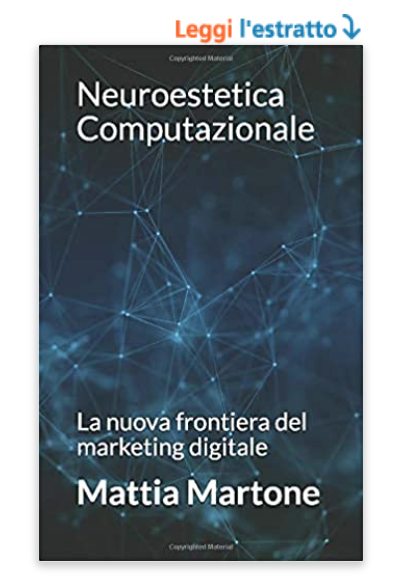WHat IS COMPUTATIONAL NEUROAESTHETICS?
Computational Neuroaesthetics is the discipline which connects neuromarketing, consumers psychology and computational sciences and it studies human neural processes linked to aesthetic experiences.
Visual stimuli seen by people, such as images, are processed with digital recording systems to obtain data about aesthetics futures related with users’ neuropsychological responses. Differently from Computational Aesthetics, which uses classic instruments such as self report scales, Computational Neuroaesthetics uses different instruments such as eye-tracker and EEG.
Why is Computational Neuroaesthetics useful?
Results form scientific studies can be applied in different sectors. The first one is marketing and communication: here it is possibile to understand which aesthetic features a digital content must have to be liked by consumers in a deep and implicit neural level. These liking responses are a factor which influences positively people attitudes towards brand and products. In other words, Computational Neuroaesthetics gives valid (and data-based) guidelines to create a personalized content/advertising for each potential consumer.
Another application area is represented by design and user experience design. Aesthetic of products and phygital interfaces is a primary component for user experience. Computational Neuroaesthetics offers useful knowledge to create a design with those aesthetics parameters which are capable of improve user experience (UX). Product and services with a good UX are perceived as better and easier to be used by consumers
Which are the origins of Computational Neuroaesthetics?
In the last decades, Aesthetic, in the psychological area, has been studied by different approaches, such as the gestalt and cognitive ones. In 2019 the expression Computational Neuroaesthetics was used for the first time by me: I have created the first scientific protocol with PXR Italy Institute Center to evaluate psychological responses of subjects in relation to different visual stimuli.
On Amazon it is possibile to download Mattia Martone’s book (only in Italian language) which introduces to theory and techniques of Computational Neuroaesthetics. The book presents a structure divided in two macro-sections. The first one describes the concept of the contents’ aesthetics in today’s digital world, characterized by phenomena such as personalization and big data, and portrays the origins of this new discipline. The second macro-section describes the psychological approaches to aesthetics.





